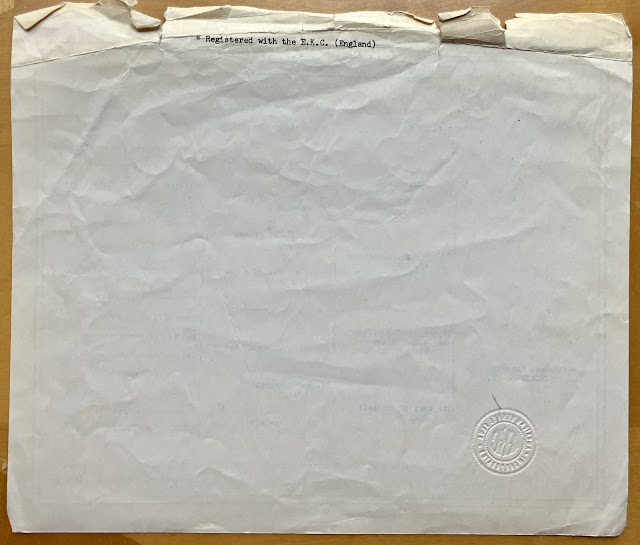 |
From How to Live with a Neurotic Dog, by Stephen Baker,
with wonderful cartoons by Eric Gurney (Prentice-Hall, Inc., 1960) |
Today’s post is from “At Crufts”, a casual by Rosa Lyster in the London Review of Books 22 May 2025 edition. The subject is an annual dog show at a conference centre outside of Birmingham, England.
Today, Illustrated Breed Standards is a riveting document, a tonally unstable mix of prescriptive and descriptive, tangible and intangible, objective and wildly, outrageously subjective. Within a paragraph, or even a sentence, the guide will veer from the apparently scientific to the whimsically anthropomorphic, as in the description of the West Highland white terrier: ‘Small, active, game, hardy, possessed of no small amount of self-esteem with a varminty appearance’.” . . .
Varminty: Inherently comical. Something Mark Twain might use. Deserves wider use.
I am reminded of the dog of my childhood. Not a huggable dog, though not an unfriendly one. My father loved him.
On June 27, 1974, my mother took him to the vet and returned without him. In my diary I wrote “But everybody dies once in a while and he was suffering badly.” He was mostly blind and deaf by that point. As an eight-year-old, I didn’t feel a good playmate. I never invited him to go sailing between beds with me or to be a guest on my television cooking show.
 |
Guy’s name was plainer than those of his ancestors.
|
 |
| Note how the official embossed seal looks from the other side. |
When my father was a boy in New Britain, Connecticut, his family had a dog name Blue Girl. A country dog.
Guy was decidedly a city dog, though he was born in New Hampshire.
I have memories of my father seated at one end of our rectangular glass-topped table, picking up Guy at the end of a dinner. Would Guy like this scrap? Guy would. Guy, content on my father’s lap, snugged against my father’s chest, my mother looking on from the other end of table, remarking to herself — or to anybody who would listen — how six weeks’ worth of obedience school had gone to waste.
 |
Guy (between groomings) on my parents’ bed, February 1968.
A cake made of dog food is before him. |
Perhaps most interesting to me about Guy was his groomer, a man named Walter.
Walter was barrel-chested and wore a silk ascot. He always seemed to me not like a man who had spent the previous hours quaffing fizzy drinks at an extravagant outdoor picnic.
Striding into the foyer of Apartment 4J, he would lay (with a flourish) a patterned fabric to protect the marble-topped credenza that minutes before had been cleared of the faceted glass vase filled with pussy willow and the sterling silver wedding Paul Revere bowl holding mail.* On the coverlet would be placed a battery of clipping and shaving tools with which Walter would turn Guy into a canine topiary.
According to the website of today’s English Kennel Club, the poodle “originates in Germany, where it was bred as a water retriever, used by duck hunters. The ancestors of the breed were various water dogs of Europe. The trim, which is sometimes viewed as a fashionable fancy trim for show dogs, is in fact traditional and very practical: the hindquarters being clipped to aid the dog’s propulsion in swimming and the protective bands of hair (now fancifully called pom-poms) left on the joints and tip of the tail for protection from cold.” Crufts classifies a poodle as a Utility dog.
The website of today’s American Kennel Club declares the poodle to “stand[s] proudly among dogdom’s true aristocrats. Beneath the curly, low-allergen coat is an elegant athlete and companion for all reasons and seasons. . . . Poodles are eager, athletic, and wickedly smart dogs of remarkable versatility.”
I wonder how much the “low-allergen coat” figured in my parents’ decision-making.
* When I was a bit older, my mother would remove the bowl so people would not calculate her and my father’s ages using the wedding date of June 12, 1955. To me this was troubling, and in time it would become part of a norm. She would ask me time and again how old she looked. It was not until my late teenage years that she asked me to lie about my age.




No comments:
Post a Comment